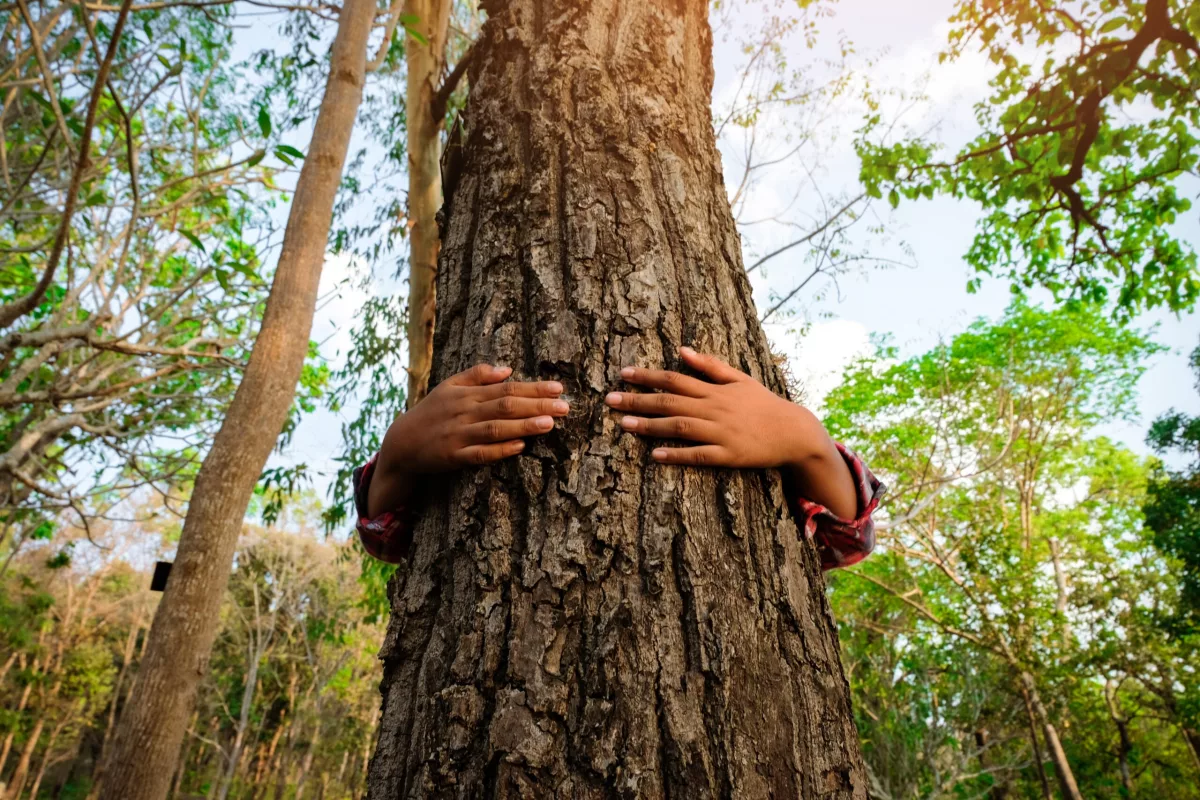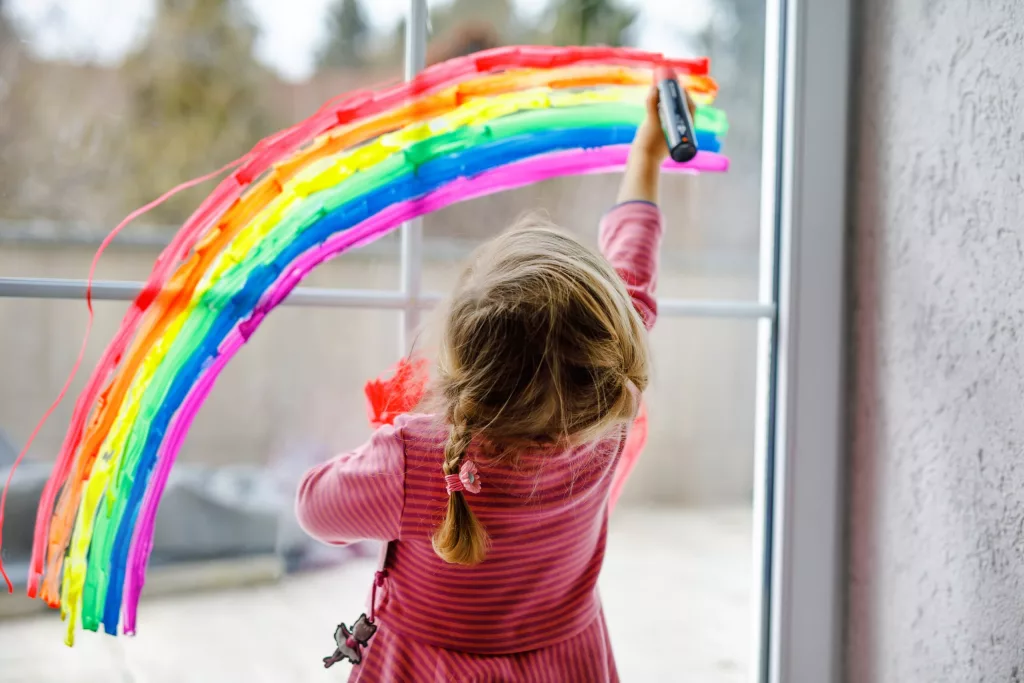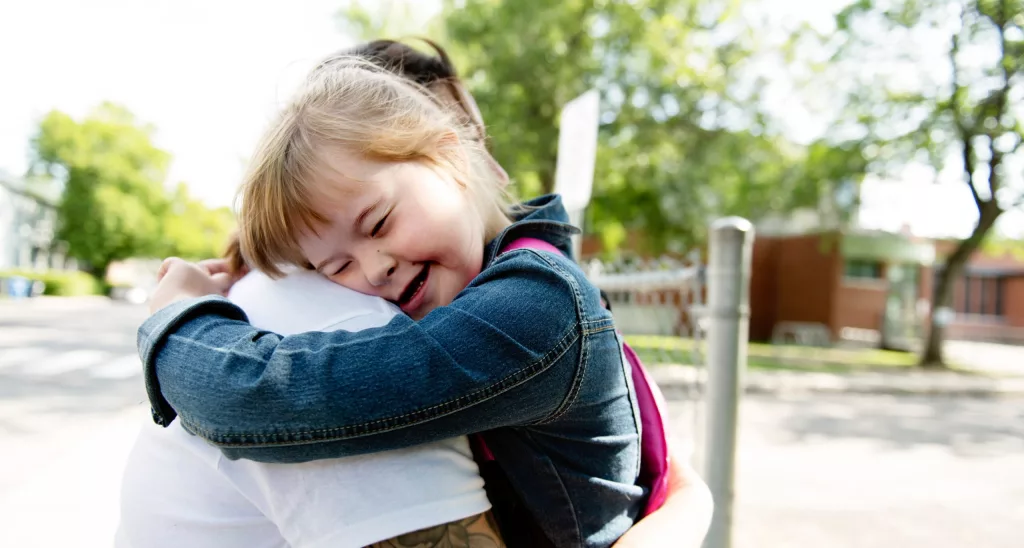18/11/2022
Have you noticed who are often the populations most affected by the effects of the climate crisis? In many places around the world, racial/ethnic populations in situations of vulnerability are often among the main victims of large city floods, landslides, prolonged droughts and other extreme events caused by global warming. These impacts, which threaten adults and children in different ways, are at the heart of what we call environmental racism.
The term was coined in the 1980s by African-American activist and civil rights advocate Dr. Benjamin Franklin Chavis Jr. He developed the concept at a time of demonstrations by the black movement against environmental injustices in the United States, referencing the unequal way in which the most vulnerable communities are exposed to environmental phenomena and are distanced from decision-making. Since then, confronting socio-environmental inequalities has become an important part of the anti-racist struggle.
– Read also: How does racism reveal itself in the climate crisis and affects childhood?
In 2021, the issue gained even more attention when it was raised by activists at the COP 26 debates in Glasgow, Scotland. There, representatives of the black and indigenous movements in Brazil denounced the problem and demanded effective actions from world leaders. They argued that it is not possible to separate the environmental struggle from the recognition and respect for native peoples and the most vulnerable, and that climate justice must go hand in hand with racial justice.
The issue is also present in the inequalities between the global north and south, a consequence of the processes of colonialism, neoliberalism and globalization. Even today, the arrival of large enterprises in the countries of the global south often leads to the displacement of native populations from their territories, destroying their cultures and impacting the environment.
Environmental racism can be observed from the cities to the countryside. Subject to this history of inequalities are Brazil’s favelas, for example. Although 84% of the Brazilian population lives in urban areas, most of the conflicts in the country are related to climate justice. A study conducted by Fiocruz revealed that over 60% of the conflicts affect precisely the populations that live in the fields, forests and coastal zones. In these areas, the disputes for natural resources are linked to Brazil’s insertion in the international trade, generally with environmentally aggressive practices and resulting in direct impacts on low-income populations and ethnic minorities.
– Read also: ‘School is where the first experiences with racism happen’
The issue, which especially affects black, indigenous and Maroon children, led more than 220 civil society organizations to sign a manifesto against environmental racism at COP 26. At the occasion, the Black Coalition for Rights recalled that the climate crisis is also humanitarian and has a direct impact on the lives of black, Maroon and indigenous populations.
“In Brazil, the majority of the population is black and currently represents 56% of the population. To deny environmental racism is to deny that the Brazilian State is racist. It is to deny the reality of life in the peripheries of large cities, the increase in hunger. It is to deny the violation of the constitutional rights of communities, Maroon territories and indigenous lands. It is to deny the country’s history of urbanization and its deep territorial inequalities,” stated the Coalition in the document.
Nonetheless, Brazil did not recognize the concept of environmental racism at the UN. During a session of the Human Rights Council held in 2021, representatives of the Brazilian government questioned the use of the term, arguing that this was not an “internationally recognized” terminology. For the current government, the relationship between environmental problems and social issues, such as racism, should have a “balanced and integrated approach to the social, economic and environmental dimensions”.
The result is a lack of information about environmental racism in the country, while possible solutions are often discussed only superficially. It is important that we start looking at our past, our present and call things by their real names.
– Read also: Alana brings the reality of childhoods in the face of climate emergency to COP27
It is true that extreme weather events impact everyone, but there is no denying the persistent and structural grouping of those who are most affected. Within this web of vulnerabilities, the black, Maroon, fishing, peripheral, indigenous and riverside populations, especially their children, are paying the highest price. It is necessary to bring the people who suffer climate injustices to the center of the decision-making processes. Only then will it be possible to guarantee a habitable planet for children in the present.
– Read also: Environmental justice: children are the most affected by degradation




